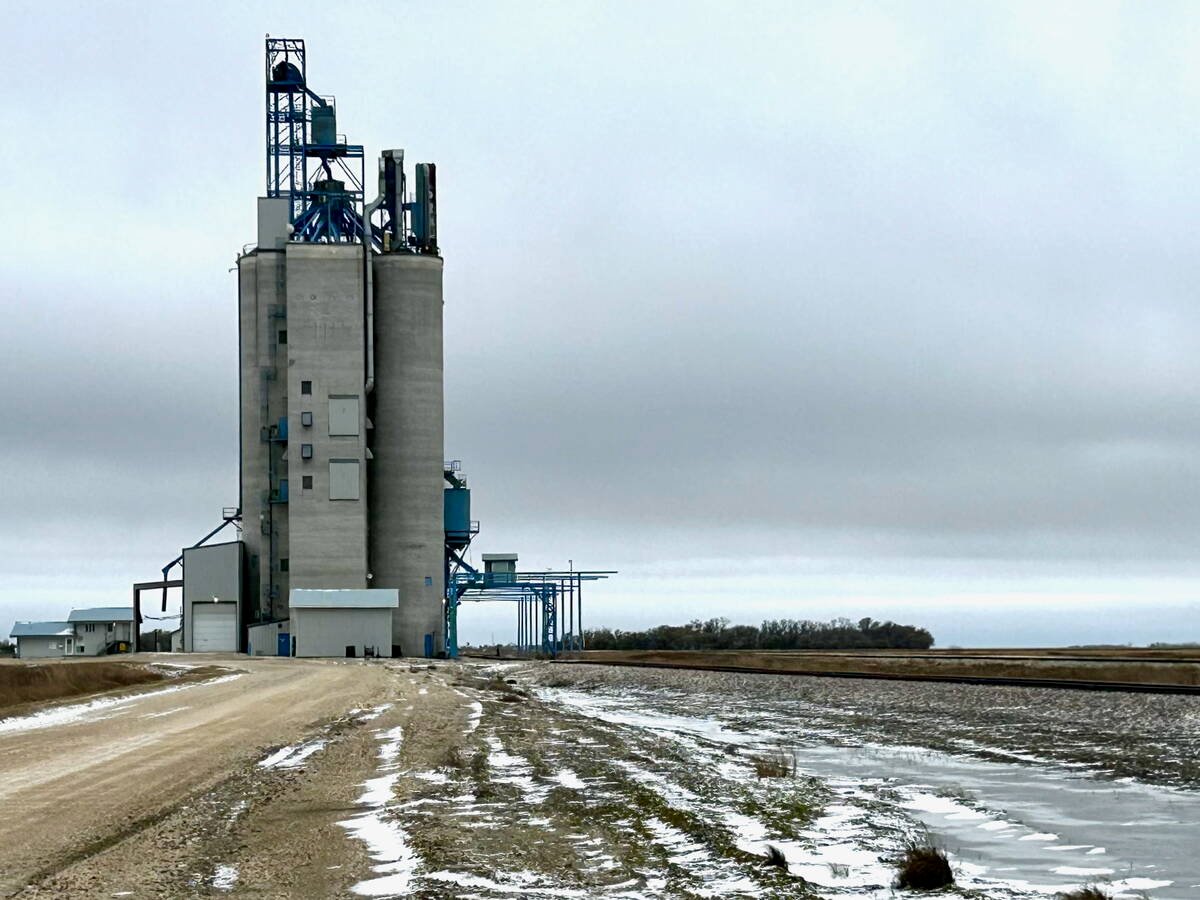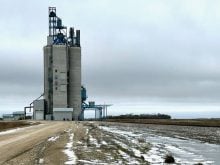SASKATOON (Staff) – Natural predators appear to have caught up with the canola-eating Bertha army worm.
Agrologists and canola specialists in Manitoba and Saskatchewan report few serious outbreaks and much less pesticide spraying than last year.
“It’s not near as severe as last year,” said Canola Council of Canada agrologist David Van Thuyne.
Manitoba Agriculture pest specialist Lyn Minaigre said the dramatic decrease in army worms follows the natural cycle and comes as good news.
Welcome news
“We were hoping for it and we’re glad to see it,” she said.
Read Also

Manitoba grain elevator ownership expands
Carman-based Linear Grain buys Fannystelle elevator from Bunge, another three elevators sold to Morden’s BP & Sons Grain and Storage Inc.
Bertha army worm outbreaks occur at wide intervals and tend to last for three years. In the first year of an outbreak the pests are found in moderate numbers in a large number of fields. The next year their numbers skyrocket and they cause great damage if not controlled. By the third year the pest’s natural predators catch up to the worms, and large numbers die off.
The following year the pest is hardly seen.
There are Bertha hotspots in southwestern Manitoba, and the Boissevain-Pilot Mound area is particularly affected, but the main outbreak appears to be ending.
In Saskatchewan, the Berthas might stay around longer because the pests are only in their second year in many areas, according to provincial entomologist Lloyd Harris.
Numbers are less than two years ago, but the insects are still moving west and into crops other than canola. Berthas are attacking flax, lentils, peas and alfalfa this year, Harris said.
Berthas can fall victim to a virus, a fungus, a parasitic wasp and other predators.
If this is the end of the main outbreak, most canola producers will be able to forget about the ravenous pest for a few years, said Van Thuyne.
“We probably won’t see another outbreak for 15, 18, 20 years,” he said.
The last major outbreak was between 1972 and 1975.














